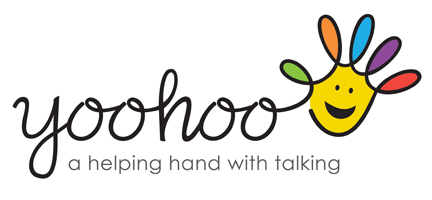Colour Coded Language (CCL) has provided me, as a therapist and a mother, with a great tool that supports my children with learning about language. As the national curriculum now focuses on grammatical aspects in greater depth it has become truly important for children to understand the words they use.
Follow these 10 steps to get your child coding language.
1 Get a list of words that are important for your child (This needs to be related to ability and/or school year). Many lists can be found on the web, but your teacher should be able to provide you with a list if you ask. I have also used children’s spellings.
2 Write the words onto separate pieces of paper or card.
3 Go through the words yourself and code them. This means place the appropriate coloured line underneath. Sometimes you will need to write the same word out several times as it can have multiple meanings. Now, if this task feels a little daunting please do not worry. When I do not know a word, I type into a search engine (or say to a device) “Define (target word)” and the word is explained. For example: “hug”
verb
verb: hug
squeeze (someone) tightly in one's arms, typically to express affection.
"he hugged her close to him"
noun
noun: hug
an act of hugging someone.
"there were hugs and tears as they were reunited"
4 Select several words and place these into a box, envelope or one of our Pocket Packs (https://yoohoo.org.uk/products/colour-coded-mini-vocabulistic-pocket-packs?variant=30136153426).I would recommend between 5 and 10 words at a time.
5 Talk through the words with your child, sorting them to the relevant dudes or groupings (e.g. nouns, verb etc).
6 Once you feel your child is confident with these the fun can begin. Activity ideas:
Any commercially available turn taking game- Before each turn a word is taken out and named. This can then be coded (i.e. noun, verb, adjective), used within a spoken sentence and, if you wish, spelt out loud. Games I have used are: Pop up Pirates, Ali Baba, Connect 4, Noughts and Crosses. [Please note that I have no affiliation with these games and there are many other commercially available games].
Hide and go seek– Words are placed around the room and your child sees how quickly they can find them. When found your child can code, use and spell.
Challenge me– Two players are each given the same number of words. They each take it in turns to pick a word and challenge the other player to: code, use and/or spell. A tally can be kept so that once all words have been done the ultimate coder is known. Please, if you are playing this with your own child, try to keep your competitiveness under control!!!!
Spell me out – One player takes a word and on a piece of paper draws the correct number of lines for each letter. Other players can then guess letters to see if they can build the word. The number of guesses it takes can be recorded and the player with the least number is the winner. Alternatively, you can play it similarly to ‘hang man’.
7 Go mobile – Keep the words with you so that you can practise them whenever you need. I always keep a PocketPack in my bag. By playing it with the games, my children do not see it as work.
8 Word of the day – Select one word a day for your child to use either in their talking, writing or even both! Dependent on your child’s level of motivation and engagement praise can be given purely verbally or with a reward chart.
9 Write out the same words again but take away the colour prompts. Encourage your child to sort to the correct dudes or group independently.
10 Once your child has mastered these words, select another lot and start the process again.
Have fun!

Leave a comment